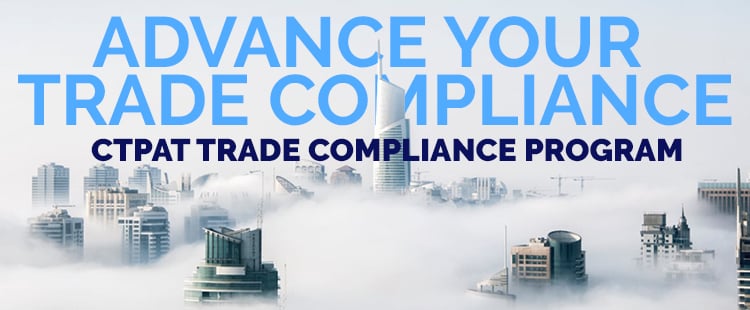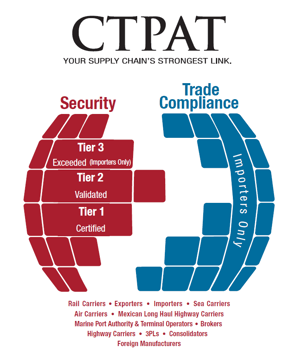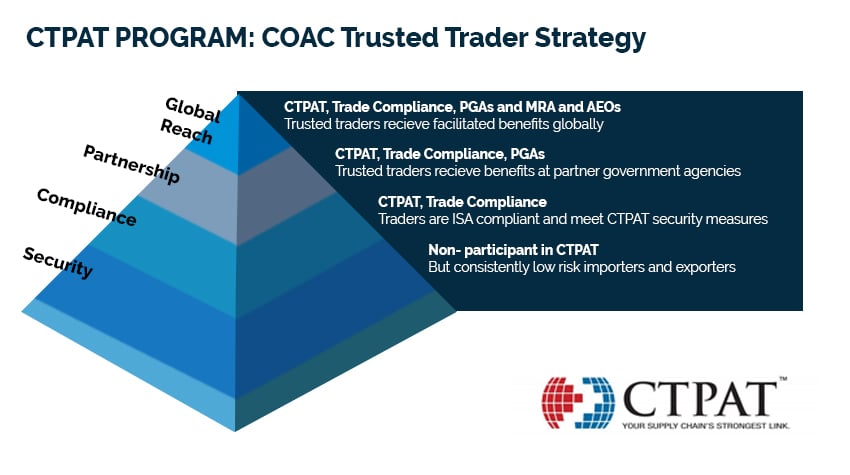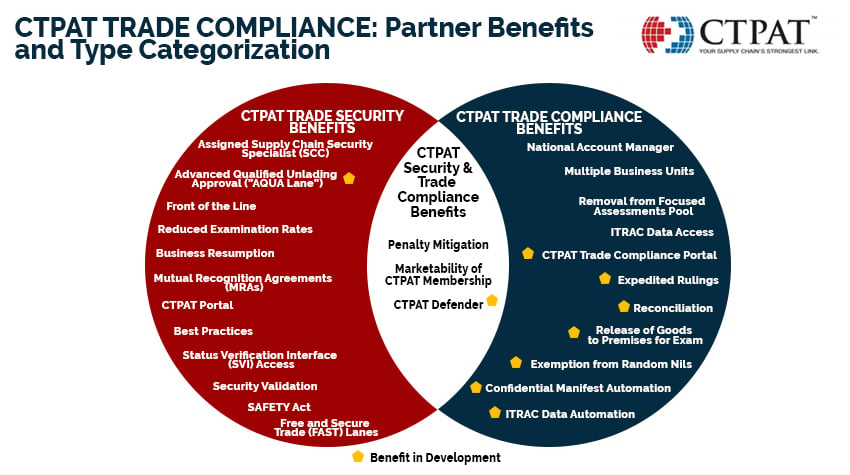
The United States Government has made a serious commitment to trade security and trade compliance in the last few years.
To improve the security of international trade and enforce trade laws and regulations, the Government is taking measures to advance partnership programs and encourage more importers to participate - including sweetening the deal
As a result, in early 2016, CBP in collaboration with COAC (Commercial Customs Operations Advisory Committee) developed a Trusted Trader framework strategy. According to CBP, the vision of the project is to "strengthen CTPAT Trade Compliance by partnering with the Trade to maintain the highest level of compliance related to the flow of legitimate trade and cargo."
The resulting CTPAT Trade Compliance program will combine CTPAT and ISA and will cover both supply chain security and trade compliance.
Objectives & Outcomes
The Trusted Trader strategy has been tested through the Trusted Trader Pilot, which was imperative to establishing the foundation for the new CTPAT Trade Compliance Program. Seven companies participated in the Trusted Trader Pilot, working closely with CTPAT and COAC to ensure that the new Trade Compliance Program was both efficient, as well as successful for the US Government and businesses alike.
Framework Overview
As we dive deeper into the potential impact of the CTPAT Trusted Trader Strategy, let's look at the framework that has been set-up for the program:
1. Focus
- Evolve focus to cover both security and trade compliance to meet global AEO (Authorized Economic Operator) standards.
2. Commitment
- The highest level of commitment between trade and regulatory government partners to security, compliance, and partnership within the global supply chain.
3. Solutions for All
- Scalable, attainable for all size of traders, providing trade benefits and incentives.

CTPAT & ISA
As noted, CBP's vision for the CTPAT Trade Compliance Program is to combine both security (CTPAT) and trade compliance (ISA). 300+ companies participate in the ISA program and will be integrated into the CTPAT Trade Compliance Program automatically. Non-ISA importers can either apply into the ISA program or wait for the new Compliance Portal and the official roll-out of the CTPAT Trade Compliance Program later this year.
What are the Benefits?
After years of traders struggling to articulate tangible benefits from programs like CTPAT and ISA to offset the very real investments made to participate, members now are expected to receive several new benefits for being a part of these programs. CBP is finalizing the CTPAT Trade Compliance benefits. Many of them are still in development. The main benefits will be:
- Penalty mitigation
- Marketability of
CTPAT membership (many companies now require their partners to beCTPAT certified) and - CTPAT defender, a tool by which CBP would notify the importer of any suspicious activity in their imports.
CTPAT/Trade Compliance - Forced Labor Strategy
In an effort to combat forced and/or indentured child labor, CBP intends to incorporate social compliance as part of the CTPAT Trade Compliance Program. If the forced labor strategy is incorporated into the CTPAT Trade Compliance Program, your company will have to develop, implement and maintain a comprehensive social compliance system in order to be certified.
The Department of Labor defines a social compliance system as an “integrated set of policies and practices through which a company seeks to ensure maximum adherence to the elements of its code of conduct that covers social compliance issues.”
Timeline
CBP is preparing for phased implementation of revised Minimum Security Criteria (MSC) for CTPAT, and its Trusted Trader Strategy. Full integration between Trade Compliance and Security is expected at the beginning of 2020.
Is CTPAT Trade Compliance Right For You?
The implementation of CBP’s Trusted Trader Program could be great for your business. As shown above, the benefits of joining the Trusted Trader Program can help the US Government secure legitimate trade, as well as help businesses improve their compliance and security -and, potentially, their bottom line.
Next Steps:
If you are interested in this beneficial program, the time is now to prepare.
Recommended Actions:
- Assess your security protocols with the new MSCs
- Review your compliance activity (risk assessment, internal audit)
- Document SOPs
- Create a compliance manual




